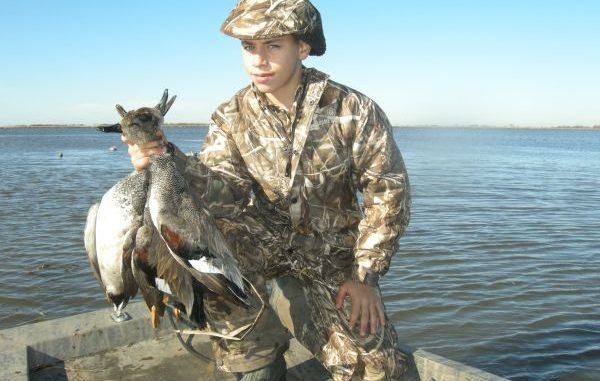
In what may come as bad news for local duck hunters the Louisiana Department of Wildlife and Fisheries has found a drop in the number of ducks estimated to be in the coastal region of the state by 20 percent over the beginning of the season last year.
LDWF’s count comes from a Nov. 7-9 aerial survey in which a manual count was executed during an aircraft flyover of the region of the state south of Highway 90.
The biggest trends reported in the survey were a large decline in blue-winged teal from 451,000 to only 33,000 and far fewer coots from a record high 1.84 million to 555,000.
Overall, the largest drop in the duck population over this time of year was found in the Southeast region where 36 percent fewer ducks were counted over November 2011. LDWF theorized that the drop in duck numbers in the Southeast is due to Hurricane Isaac related damages to the ecosystem. The comprehensive estimated duck count in the Southeast was 383,000.
However, the numbers of ducks observed this year is in line with the average over the past five years of 1.47 million.
The survey found that the Southwest region saw a redistribution of ducks along the coast where three-quarters of the ducks were counted at an estimated 978,000.
According to the report some areas are faring better than others.
“The number of ducks at Catahoula Lake was similar to 2011 except for the lack of bluewings. Concentrations of ducks were noted in the marshes south of Calcasieu Lake, on the East Cove unit of Cameron Prairie NWR, over to the western side of Rockefeller Refuge and in the flooded agriculture fields northwest of Gueydan in southwest Louisiana,” the report stated. “No large concentrations were noted in southeast Louisiana, but solid numbers of ducks were noted in the Caernarvon outfall area and the upper Terrebonne marshes.”
Overall the survey count was 1,463,000 with Gadwalls and Coots making up the most of that population.
The study did reveal some good news in that abnormal weather patterns may force early migration in some ducks.
“More mallards and scaup, typically considered later migrants, and the very low number of bluewings suggests recent cold weather and drier than average conditions in states north of us have spurred an earlier migration into Louisiana habitats,” the report stated.
LDWF reported another aerial survey will be flown at a later date during the season to provide an updated overview of the estimated number of ducks in the area.
Comprehensive findings provided by the LDWF:
– MALLARD – 17,000 (13,000 in Southwest and 2,000 in Southeast)
– MOTTLED – 44,000 (26,000 in Southwest and 18,000 in Southeast)
– GADWALL – 653,000 (421,000 in Southwest and 225,000 in Southeast)
– WIGEON – 22,000 (19,000 in Southwest and 3,000 in Southeast)
– GW TEAL – 253,000 (169,000 in Southwest and 78,000 in Southeast)
– BW TEAL – 33,000 (24,000 in Southwest and 9,000 in Southeast)
– SHOVELER – 81,000 (64,000 in Southwest and 10,000 in Southeast)
– PINTAIL – 303,000 (212,000 in Southwest and 13,000 in Southeast)
– SCAUP – 24,000 (15,000 in Southwest and 9,000 in Southeast)
– RINGNECKED – 31,000 (15,000 in Southwest and 16,000 in Southeast)
– COOTS – 555,000 (397,000 in Southwest and 158,000 in Southeast)
The LDWF is anticipating increased duck migration as the season progresses due to improved conditions over last year.
“Habitat conditions for migrating and wintering waterfowl are much improved from last year’s drought conditions in southwest Louisiana. Good stands of seed-producing annuals and excellent submerged aquatic vegetation were noted along a number of transects. Water levels appear to have fallen since the September survey providing near optimum conditions for feeding ducks,” the report states.


